When homeowners think about insulating their attics, they often wonder about the price they’ll need to pay. The cost can range from $1,700 to $2,500, with an average of $2,100. Breaking it down further, you might spend between 1 and 3 dollars per square foot, depending on the type of insulation you choose.
Factors like material, size, and installation methods play a huge role in determining the total cost. For example, cellulose insulation might have a higher upfront price but offers excellent performance and long-term energy-saving benefits, making it a worthwhile investment.
A well-insulated attic can improve your household’s quality of life, keeping you warm during frigid winters and cool in sweltering summers. Not only does it create a comfortable indoor space, but it can also reduce your electric bills by as much as 15% in some climate zones.
Adding insulation in accessible areas like floors, crawl spaces, and basement rim joists can also enhance air quality and boost your home’s efficiency. If you’re contemplating a DIY project or looking to hire a professional, this guide will help you explore affordable options and navigate the financial aspects of this home improvement project.
Cost of Insulating a 1,000 sq ft Attic With R-49 Insulation
If you’re planning a home improvement project and considering insulation for your attic, you might be wondering how much it will cost to insulate a 1,000 sq ft attic with R-49 insulation.
The cost will depend on the value and performance of different insulation materials like fiberglass, spray foam, mineral wool, or cellulose.

R-49 is the minimum code required in zone 5, which includes areas like Chicago and parts of the Midwest. If you’re choosing loose fill materials like fiberglass, they may not perform well in extreme heat (with summer days averaging 85-90 degrees) or cold temperatures (-10 to -30 degrees).
For better performance, you may want to include air seal, baffles, and a hatch cover to make sure the insulation works effectively in all seasons.
Average Attic Insulation Costs in 2025
If you’re gunning for an inexpensive solution, reflective insulation might be the best choice. Its cost typically ranges from $0.50 to $1.50 per square foot, which places it at the low end of the price scale.
| National Average Cost | $2,380 |
| Typical Price Range | $1,680 – $3,125 |
| Extreme Low-End Cost | $800 |
| Extreme High-End Cost | $7,460 |
For a 1,000 sq ft attic, you could pay around $800, making it an affordable option for those on a tight budget. At the higher end of the cost spectrum is structural insulated panel (SIP) insulation. While less commonly used in attics, it is more durable and energy-efficient than other materials.
This premium material costs between $4 and $7 per square foot, with high-end expenses reaching approximately $7,460 for a 1,000 sq ft attic. If you’re seeking top-tier insulation, this could be a worthwhile investment for its long-term benefits.
Attic Insulation Cost Estimator by Size

When considering attic insulation, the cost often depends on the size of the attic. For example, a 500 sq. ft. attic can cost between $530 and $3,000, while a 1,000 sq. ft. attic might range from $1,060 to $6,000.
| Attic Size | Overall Cost Range |
|---|---|
| 500 sq. ft. | $530 – $3,000 |
| 750 sq. ft. | $795 – $4,500 |
| 1,000 sq. ft. | $1,060 – $6,000 |
| 1,200 sq. ft. | $1,375 – $7,000 |
| 1,500 sq. ft. | $1,590 – $9,000 |
For larger spaces like 1,500 sq. ft., the cost range could climb as high as $9,000. The bigger your attic, the pricier the project, as more insulation material is required, which takes longer to install and costs more.
On a national average, installing insulation professionally will cost between $1 and $6 per square foot. These numbers can help homeowners begin estimating the budget for their project.
However, the differences in the price range become noticeable depending on the ladder of attic sizes and the various insulation types available, so careful planning is key to staying within budget.
What Else Influences the Cost?
Several factors can affect the cost of attic insulation, beyond just the attic size. The amount of material you need and the type of insulation you choose play a big role. Additionally, labor costs can vary depending on your community, as some areas might have higher rates than others.
These multiple elements, combined, contribute to the final costs, so it’s essential to plan carefully to ensure your project stays within budget.
1. Determining the Right Amount of Insulation
The amount of insulation you need depends on the size of your attic and the desired level of thermal efficiency, often measured as R-value. To properly match the insulation coverage to the entire attic space, costs vary based on attic sizes.
| Attic Size | Overall Cost Range |
|---|---|
| 300 sq. ft. | $300–$900 |
| 500 sq. ft. | $500–$1,500 |
| 800 sq. ft. | $800–$2,400 |
| 1,000 sq. ft. | $1,000–$3,000 |
| 1,500 sq. ft. | $1,500–$4,500 |
For instance, a 300 sq. ft. attic might cost between $300 and $900, while a 1,500 sq. ft. attic could range from $1,500 to $4,500. In colder climates, where a higher R-value is recommended, thicker material like batts or rolls may be necessary.
These adjustments ensure effective thermal resistance, but they can also increase the initial cost. Always account for your climate zone to determine the best insulation plan.
2. Choosing the Right Insulation Material
The type of insulation you choose plays a significant role in determining the cost and effectiveness of insulating your attic. Each material offers a different R-value, which measures its ability to resist heat flow and keep your space comfortable.
| Attic Insulation Type | Average Cost Per Square Foot | Best Use |
| Batt | $2 to $4 | DIY installation and standard-sized attics |
| Blown-In | $1 to $4 | Filling irregular spaces and insulating existing attics |
| Loose Fill | $2 to $5 | Large, open attic spaces and cooler climates |
| Reflective | $0.50 to $2 | Hot climates or attics with limited insulation space |
| Rigid Board | $2 to $5 | High R-value and reducing moisture |
| Spray Foam | $2 to $5 | Sealing gaps and attics with complex shapes |
| Structural Insulated Panels | $4 to $7 | Achieving strong insulation in new attics |
For instance, blown-in insulation is highly affordable and easy to apply, while rigid foam board insulation is more expensive but provides a much higher R-value. The materials and labor required for installation can also impact costs, so carefully assess what fits your budget and needs.
Certain types of insulation work better for specific climates. In cold regions, reflective insulation may need to be combined with another material to remain effective during the winter. On the other hand, structural insulated panels are prized for their strength and energy efficiency, but their standard sizes often make retrofitting less possible.
As a result, reflective insulation is ideal as a radiant barrier in warm climates, while thicker or layered options may be better for colder zones. To explore which materials might be the most suitable for your attic, check out our detailed guide on the best insulation materials for attics, where we compare popular options to help you make an informed choice.
By combining insights from both posts, you’ll have a complete picture of the costs and benefits for your attic insulation project.
3. Air Sealing Costs
Air sealing your attic is an essential process that involves removing old insulation to find and resolve air leaks. Many pro insulators perform this step before they install new insulation, ensuring the space is ready for better energy efficiency.
While it can be costly, ranging between $250 and $750, the investment is often worth it.
Sealing helps prolong the lifespan of your insulation, blocks moisture and drafts, and reduces heating bills by keeping hot air from escaping through gaps in colder weather.
This step is especially beneficial for maintaining a more energy-efficient home.
4. Removing Old Installation
New insulation can be added directly over old insulation if it is in good condition, saving you effort and expense.
However, if the old insulation isn’t in great shape, you’ll need to pay for its removal, either by doing it yourself or hiring a professional insulator.
The costs for removal typically range from $1 to $1.50 per square foot, so it’s important to factor this price into your project budget if needed.
5. Labor Costs for Insulation Installation
The labor cost for attic insulation installation can vary based on factors like size, complexity, accessibility, and the method chosen. On average, labor costs range from $1.50 to $3 per square foot, with a typical project costing between $1,000 and $3,000 or more.
Contractors may charge differently, so it’s wise to obtain multiple quotes to ensure you have an accurate understanding of costs. Labor often includes preparatory work, such as clearing the attic, air sealing, and addressing ventilation issues.
To avoid surprises, discuss the total price with your contractor beforehand to ensure everything is included in the estimate.
6. Costs of Attic Insulation Inspection
The cost of an attic insulation inspection can vary depending on factors such as region, complexity, accessibility, and the service provider. On average, you may pay between $100 and $300 for a professional inspection, though these are general estimates, and the actual cost may differ.
Some contractors might offer free inspections as a promotional or introductory offer, while others may charge a fee that can be applied toward your project if you decide to hire them.
It’s always a good idea to obtain multiple quotes from reputable professionals in your area to gain a clear understanding of the specific costs involved.
DIY Insulation vs. Hiring a Pro
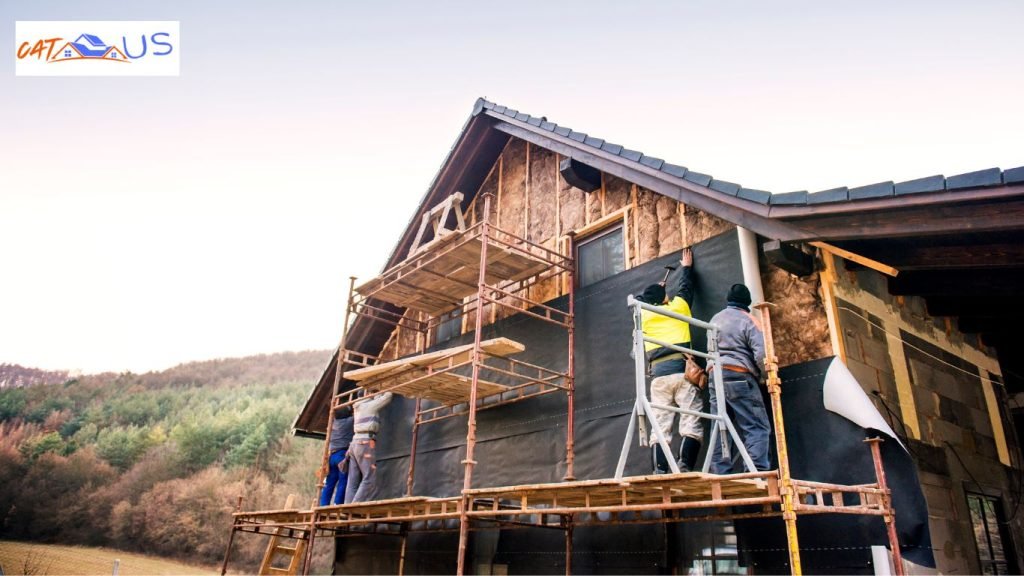
When installing attic insulation yourself, you can save on labor costs and only need to pay for insulation material, while hiring a professional installer typically costs $55 to $85 per hour. DIYing is often a straightforward option for simpler types like fiberglass batts, fiberglass rolls, and blown-in, or loose-fill insulation.
However, more challenging and labor-intensive options, such as rigid foam board, structural insulated panels, and spray foam, are best handled by a company near you to avoid mistakes that might damage your home.
If you opt for blown-in insulation, you may need to rent a blower machine, which costs $175 to $250 per day. Keep in mind that unfinished attics can be more dangerous to work in due to the lack of a proper floor, increasing the risk of potential falls. For these reasons, carefully evaluate the complexity of your project before deciding between DIY and hiring a pro, and don’t hesitate to ask for a no-obligation quote to make an informed decision.
Frequently Asked Questions:
What is the best type of Attic Insulation?
The best type of attic insulation depends on where you live, your budget, and the stage of construction. If you’re building a house, structural insulated panels are a worthy investment because they’re easy to install during construction and are highly energy-efficient.
For those in warm climates, reflective insulation can help you save money as it’s more affordable than comprehensive insulation, though it doesn’t perform well in cool climates.
In moderate climates, blown-in, loose-fill, and spray foam insulation are excellent options for ensuring your attic stays energy-efficient and cost-effective. Evaluate your specific needs and climate conditions to make the best decision for your space.
How much does it cost to insulate a 1,800-square-foot attic?
On average, attic insulation costs between $1 and $3 per square foot, meaning for a 1,800-square-foot attic, you’d pay about $1,800 to $5,400, including both materials and labor. The costs can vary depending on the type of insulation you use, how many layers are needed, and whether existing insulation needs to be removed first.
Do I need to air-seal my attic before installing insulation?
Yes, air-sealing your attic before installing insulation is highly recommended. Air leaks can allow heated or cooled air to escape, reducing the efficiency of your insulation and increasing your energy bills.
By sealing gaps and addressing drafts, you help maintain consistent temperatures, prevent moisture buildup, and extend the lifespan of your insulation. While it may add to the upfront cost, air-sealing is a crucial step for maximizing the performance and benefits of your attic insulation.


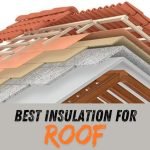
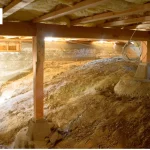

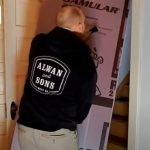



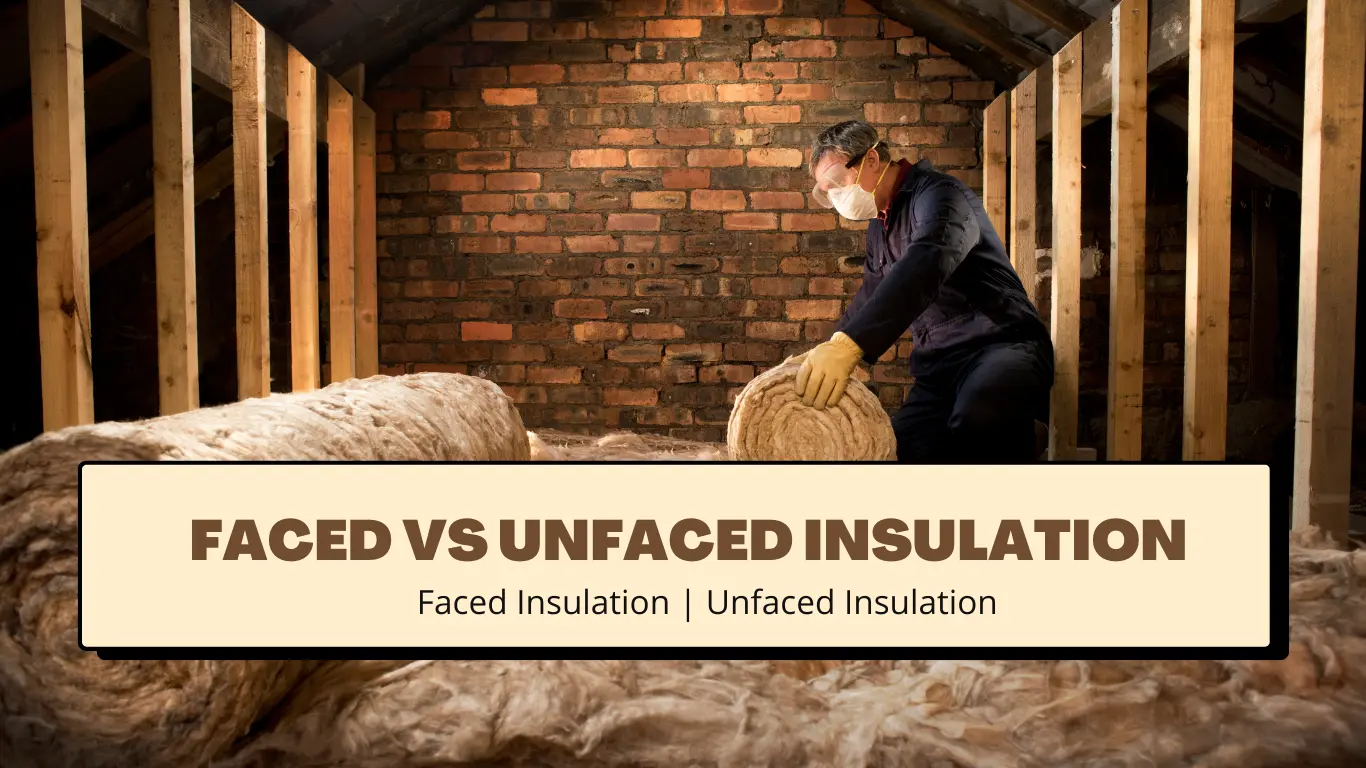
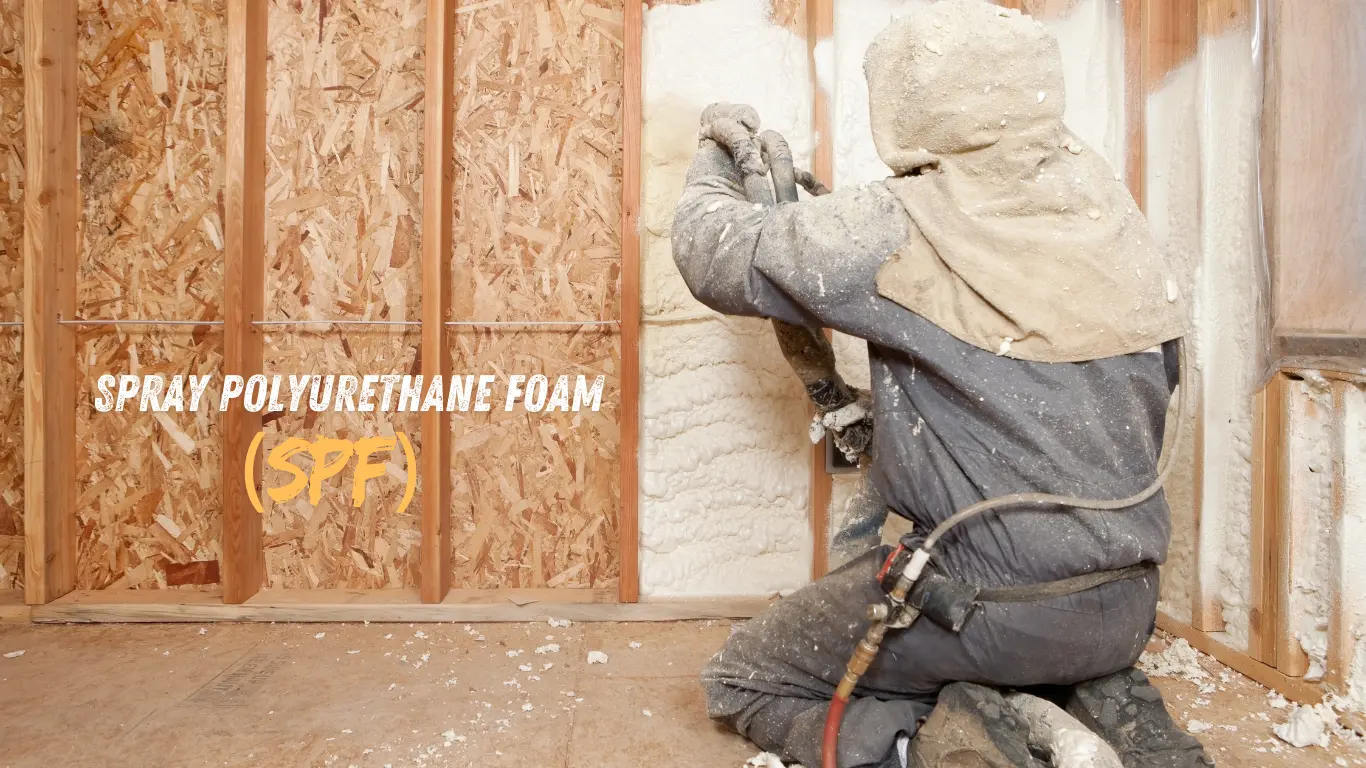
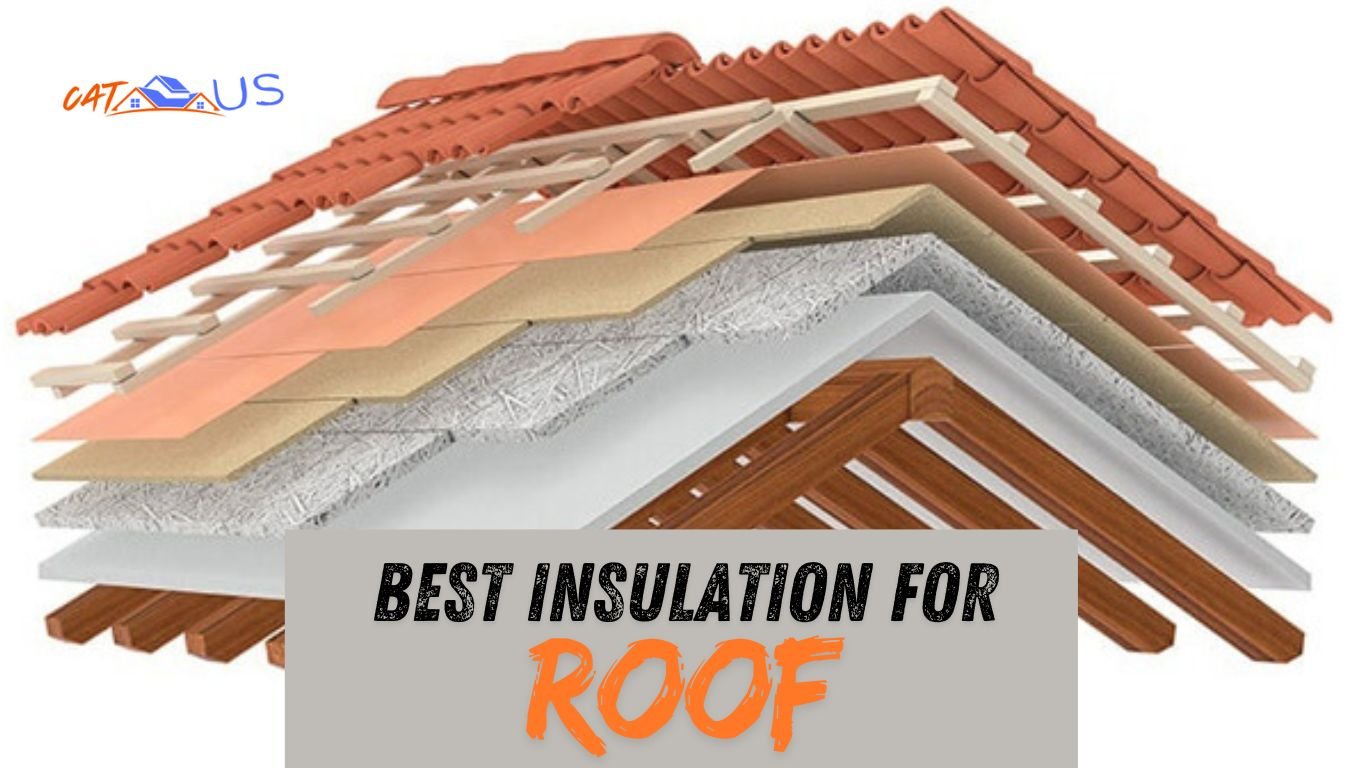
1 thought on “Attic Insulation Cost Per Square Foot”
Attractive section of content I just stumbled upon your blog and in accession capital to assert that I get actually enjoyed account your blog posts Anyway I will be subscribing to your augment and even I achievement you access consistently fast